Last month, a creative agency CEO called me. Frustrated doesn't begin to cover it.
"We just fired our promotional products vendor," she said. "They were actually good at their job. That's what made it so awful."
Here's what happened.
This vendor could source 500 branded pens in 24 hours. They had stress balls in 47 colors. Their catalog had 10,000+ items with live inventory tracking. Response time under 2 hours. Pricing always competitive.
Everything a "good" vendor should be.
But this agency's brand story changed every quarter. Their campaigns shifted monthly. Their client work demanded fresh thinking constantly.
And their vendor kept offering the same tired catalog solutions.
"We'd brief them on a client's sustainability focus," the CEO told me. "They'd suggest bamboo pens. We'd explain our client's disruptive tech angle. They'd recommend phone stands. Every conversation felt like ordering office supplies."
That's when it hit me. Most companies are trapped in a broken model for branded merch.
The "Catalog and Hope" Problem
Walk into any trade show. Look at the booths.
Generic branded pens. Logo stress balls. Company branded water bottles. The same 20 items recycled across thousands of companies.
Why? Because that's how the industry works:
Marketing manager needs client gifts
Browses vendor's online catalog
Filters by price and delivery speed
Orders bulk quantities with logo
Ships and hopes for impact
This system treats merch like a commodity. Like ordering paper clips.
But your brand isn't a commodity. Your story changes. Your campaigns evolve. Your audience shifts.
Static catalogs can't keep up with dynamic brands.
Case Study: The Law Firm That Ditched Generic
A mid-size corporate law firm in Chicago for years handed out standard leather portfolios at networking events. Nice quality. Professional look. Completely forgettable.
Problem: Every law firm in the city used similar portfolios. They blended into the sea of black leather sameness.
Their new approach: Custom story books.
Instead of generic portfolios, they created beautifully designed case study books. Each one featured a different landmark case they'd won. Real stories. Real outcomes. Real proof of their expertise.
The covers were understated but elegant. Inside, compelling narratives about how they'd helped clients navigate complex business challenges.
The results after 6 months:
Client retention increased 23%
Referral conversations started 40% more often
New client meetings booked directly from these pieces: 12
Cost difference? About $3 more per piece than generic portfolios.
ROI difference? Immeasurable.
Case Study: The Startup That Created Culture Through Merch
A Series A fintech startup, faced a different challenge.
They were scaling fast. Remote team across 8 cities. Traditional team-building impossible.
Their old approach: Annual merch order. Hoodies, water bottles, laptop stickers. Ship to everyone. Hope it builds culture.
Results: Most items stayed in boxes. No cultural impact. Employees felt disconnected.
Their new strategy: Quarterly culture drops.
Each quarter tied to a company milestone or value:
Q1 - Launch Quarter: Custom notebooks with the founding story printed inside. Each employee got their hire date and personal contribution to the company story included.
Q2 - Growth Quarter: Limited-edition apparel celebrating their 100th customer. Only made 150 pieces. Employees had to request them. Sold out in 3 days.
Q3 - Innovation Quarter: Tech accessories tied to their new product launch. USB drives shaped like their logo that contained exclusive content about the product development journey.
Q4 - Impact Quarter: Sustainable items reflecting their carbon-neutral commitment. Each piece came with a card showing the environmental impact of that quarter's work.
The results:
Employee referrals doubled
Internal slack engagement increased 60%
Glassdoor ratings improved from 4.1 to 4.7
Employees started trading items between offices
Cost per employee annually: $180 (vs. $120 for the old bulk approach)
Impact on retention and culture: Priceless.
The New Merch Playbook
The companies winning with branded merch follow a different process entirely:
Step 1: Brand Strategy Drives Merch Strategy
Start with questions: What story are we telling right now? What experience do we want to create? How does this piece advance our brand narrative?
Step 2: Custom Design Reflects Brand Evolution
Stop browsing catalogs. Start with blank paper. What would perfectly represent your brand's current chapter?
Step 3: Quality Partners, Not Just Cheap Ones
Find makers who understand your vision. Pay for craftsmanship. Prioritize story over speed.
Step 4: Distribution Becomes Brand Experience
How the piece arrives matters as much as the piece itself. Packaging, timing, presentation, all part of the story.
The Math That Actually Matters
Traditional vendor math:
Cost per piece: $3
Bulk quantity: 500 pieces
Total cost: $1,500
Brand impact: Minimal
Story-driven math:
Cost per piece: $7.50
Thoughtful quantity: 200 pieces
Total cost: $1,500
Brand impact: Measurable
Same budget. Completely different outcomes.
The old way measures success by speed and volume. The new way measures by brand recall and relationship building.
Why Most Teams Stay Stuck
The biggest barrier isn't budget. It's comfort.
Catalog browsing feels safe. Predictable. You know exactly what you're getting and when.
But predictable merch creates predictable results: forgettable.
Three psychological reasons teams resist the shift:
Fear of failure: Custom means risk. What if it doesn't work?
Time pressure: Catalogs are faster. Strategy takes longer.
Measurement anxiety: ROI is harder to calculate upfront.
All valid concerns. All wrong priorities.
The Real Risk
While you're hoping stress balls work, your competitors are creating experiences people want to own.
While you're browsing catalogs, they're building brand equity.
While you're prioritizing speed, they're creating stories.
Nike doesn't pick shoes from catalogs. Apple doesn't browse for packaging.
Your brand shouldn't either.
Three Questions to Ask Your Current Vendor
"How do you incorporate our current brand story into product recommendations?"
"What's your process for creating custom solutions that don't exist in your catalog?"
"How do you measure success beyond delivery speed and cost?"
If they can't answer these thoughtfully, you have a vendor problem.
The Bottom Line
Static merch catalogs are dinosaurs.
Brands evolve. Stories change. Campaigns shift.
Your merch strategy should too.
The question isn't whether you can afford to make this change.
The question is whether you can afford not to.

